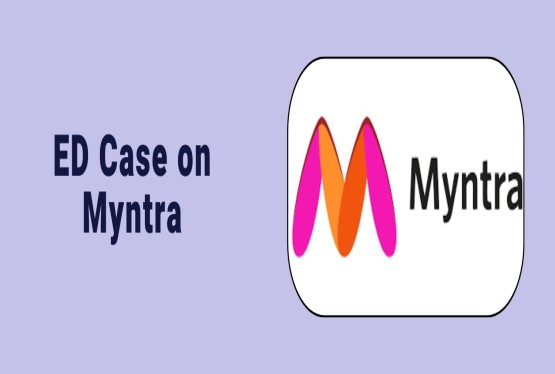The Standard Deduction on Salary 2025 is one of the most valuable tools for salaried individuals and pensioners to reduce taxable income and maximize tax savings. With the government’s recent increase of the standard deduction to Rs.75,000 under the new tax regime, taxpayers now have a straightforward, no-proof-required way to lower their tax burden. Whether you’re navigating old or new tax slabs, understanding how to effectively apply this deduction can significantly impact your annual tax liability. This article explores how the standard deduction works, recent updates, and smart strategies to help you make the most of your 2025 tax savings.
What is Standard Deduction?
The Standard Deduction is a fixed amount that salaried individuals and pensioners can claim as a direct reduction from their gross salary or pension income, lowering their taxable income without needing to submit any bills or expense proofs. Introduced to simplify the tax filing process, it offers uniform tax relief to all eligible taxpayers.
For the financial year 2025–26, the government has raised the standard deduction under the new tax regime to Rs.75,000 (while it remains Rs.50,000 under the old regime), helping individuals reduce their tax liability significantly. This deduction automatically applies when calculating income tax and is especially useful because it applies regardless of whether you have specific work-related expenses or not.
Standard Deduction in New Tax Regime
The Standard Deduction is available under both the Old and New Tax Regimes. However, Budget 2024 introduced an increase only for the New Tax Regime.
Here’s the updated breakdown:
-
Old Tax Regime: Rs.50,000
-
New Tax Regime: Rs.75,000
This higher deduction under the New Regime helps salaried individuals and pensioners reduce their taxable income even without claiming other exemptions or deductions. It makes the New Tax Regime more attractive for those with fewer investments or deductions under sections like 80C, HRA, etc. Taxpayers should still compare both regimes to decide which offers better tax savings based on their personal finances.
What is the Purpose of Standard Deduction?
The purpose of the Standard Deduction is to provide salaried individuals and pensioners with a flat, automatic reduction in their taxable income, without needing to submit any proofs, bills, or documents.
It is designed to:
-
Offset work-related expenses like commuting, meals, or small professional costs that are typically not reimbursed.
-
Simplify tax compliance by offering a uniform deduction for all eligible taxpayers, reducing paperwork.
-
Ensure tax relief by lowering the overall taxable income, which ultimately reduces the total tax payable.
By providing this fixed deduction, the government ensures fair relief for routine, unavoidable expenses, especially benefiting middle-income earners and retirees, even if they don’t have large tax-saving investments or claims.
Who is Eligible to Claim a Standard Deduction?
Under the Indian Income Tax Act, a standard deduction is available to salaried individuals and pensioners.
Specifically:
-
Salaried employees (whether private or government) can claim a flat deduction from their salary income, reducing their taxable salary.
-
Pensioners (who receive a pension from a former employer) can also claim this deduction under the head “income from salary” because pension is treated as salary income for tax purposes.
This benefit is not available to:
-
Individuals with only business or professional income (they have other forms of deductions).
-
Those who earn only from rental, capital gains, or other heads of income (it’s specifically linked to salary/pension income).
For FY 2024–25, the standard deduction is Rs.50,000 — no bills or proofs are needed; it’s a straight deduction.
How Does Standard Deduction Reduce Taxable Income?
The standard deduction reduces taxable income by providing a flat deduction from your gross salary or pension income. In India, salaried individuals and pensioners can claim a standard deduction of Rs.50,000 (as per FY 2024-25) without needing to submit bills or proofs.
For example, if your gross annual salary is Rs.10,00,000, applying the Rs.50,000 standard deduction brings your taxable salary income down to Rs.9,50,000. This directly lowers the income on which tax is calculated, reducing your overall tax liability.
The deduction is automatic—your employer usually accounts for it while calculating TDS. Under both the old and new tax regimes, this deduction applies, although other deductions may vary between regimes.
In short, the standard deduction is a straightforward, no way to lower your taxable income, ensuring you pay less tax while simplifying your tax filing process.
Standard Deduction for Pensioners
In India, individuals aged between 60 and 80 years are legally recognized as senior citizens, a status that brings both certain privileges and associated responsibilities. Among these is the receipt of pension — a regular stipend or allowance granted to individuals, typically senior citizens, as a mark of appreciation for their past service.
Under the Indian taxation framework, the pension that senior citizens receive from their former employers is treated as taxable income and is categorized under the head ‘salaries’. As a result, pensioners are subject to the same tax rules and compliance requirements that apply to salaried individuals.
To provide relief and acknowledge the financial needs of pensioners, Section 16 of the Income Tax Act allows them to claim a standard deduction of up to Rs. 50,000 or Rs. 75,000 per annum, or the actual pension amount, whichever is lower. This deduction effectively reduces the taxable portion of their income, thereby easing the tax burden on senior citizens.
In addition, family pensioners — individuals receiving a pension after the demise of the original pensioner — are also eligible for a standard deduction. Under the new tax regime, they can claim a deduction of Rs. 25,000 from their family pension. This is an increase from the earlier limit of Rs. 15,000, following the enhancement announced in Budget 2025.
Example: Standard Deduction under the Old Tax Regime
|
Particulars |
Amount |
|
Gross Salary Income |
Rs.8,00,000 |
|
Less: Standard Deduction (Old Regime) |
Rs.50,000 |
|
Net Salary Income / Gross Taxable Income |
Rs.7,50,000 |
|
Less: Deduction under Section 80C |
Rs.1,50,000 |
|
Net Taxable Income |
Rs.6,00,000 |
Example: Standard Deduction under the New Tax Regime
|
Particulars |
Amount |
|
Gross Salary Income |
Rs.8,00,000 |
|
Less: Standard Deduction (New Regime) |
Rs.75,000 |
|
Net Salary Income / Gross Taxable Income |
Rs.7,25,000 |
|
Less: Deduction under Section 80C |
Not Applicable |
|
Net Taxable Income |
Rs.7,25,000 |
How is the Standard Deduction Calculated in the Case of Multiple Employers?
The standard deduction under Section 16 of the Income Tax Act is allowed once per financial year, even if you worked with multiple employers. For example, if you earned salaries from two or more employers in the same year, you combine all salary incomes and claim one flat deduction of Rs.50,000 (old regime) or Rs.75,000 (new regime, post-Budget 2025).
Even if each employer has already applied the standard deduction while calculating TDS, you must ensure you claim it only once when filing your income tax return. This prevents duplicate deductions and avoids tax mismatches.
Remember, the deduction reduces your total salary income, not individual employer-wise income. So, multiple jobs don’t multiply the deduction benefit.
Documents Required for Standard Deduction
Although no specific documents are needed to claim the standard deduction, certain records should be kept ready when filing your Income Tax Return (ITR), as filing the ITR is essential to avail this benefit.
You should maintain:
-
Bank statements for the relevant financial year.
-
Income statements from interest earned or fixed deposits.
-
TDS certificates issued by employers, banks, or other payers.
-
Investment proof documents for other eligible deductions.
-
Form 26AS (tax credit statement) and Form AIS (Annual Information Statement) to reconcile your income and tax details.
While the standard deduction itself requires no proof, these documents help ensure accurate reporting and smooth processing of your tax return.
Conclusion
The standard deduction on salary for 2025 is a simple yet powerful tool to reduce your taxable income and maximize tax savings. Whether you’re a salaried employee or a pensioner, this flat deduction Rs.50,000 under the old regime or Rs.75,000 under the new regime applies automatically without the need for supporting documents.
By knowing how to correctly claim the deduction, especially when you have multiple employers or sources of income, you can ensure full compliance while lowering your tax liability. Remember, filing your Income Tax Return (ITR) is essential to benefit from this provision. Make the most of this easy tax relief and enhance your annual savings by staying informed and filing accurately.
If you have any queries regarding standard deduction, then you can connect with Compliance Calendar LLP experts through email info@ccoffice.in or Call/Whatsapp at +91 9988424211.
FAQs
Q1. What is standard deduction?
Ans. Standard deduction is a fixed income tax deduction under Section 16, allowing salaried individuals and pensioners to reduce taxable income by Rs.50,000 (old regime) or Rs.75,000 (new regime).
Q2. Is standard deduction applicable in new tax regime?
Ans. Yes, under the new tax regime, from FY 2023-24 (AY 2024-25), a standard deduction of Rs.50,000 is available for salaried individuals and pensioners, enhancing overall tax benefits.
Q3. What is standard deduction in new tax regime?
Ans. Under the new tax regime, salaried individuals and pensioners can claim a standard deduction of Rs.75,000 from FY 2024-25, reducing taxable income and enhancing tax savings.
Q4. Is standard deduction available to senior citizens also?
Ans. Yes, senior citizens earning salary or pension are eligible for a Rs.75,000 standard deduction under the new tax regime from FY 2024-25, helping lower their taxable income and increase tax savings.
Q5. Do I need to submit proof to claim a standard deduction under Income Tax?
Ans. No, you don’t need to provide any proof to claim the standard deduction under Income Tax. It’s automatically applied to your salary or pension income, making the tax filing process easier.












































































_crop10_thumb.jpg)







_Rules,_2025_learn_crop10_thumb.jpg)




































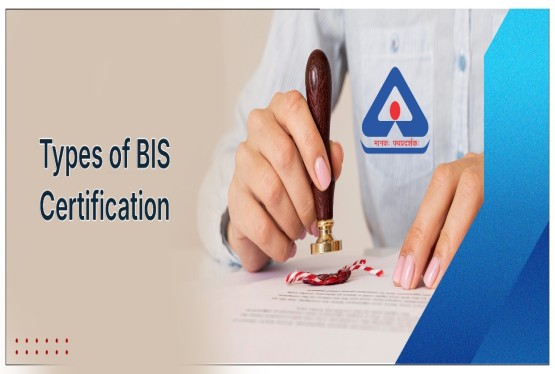
























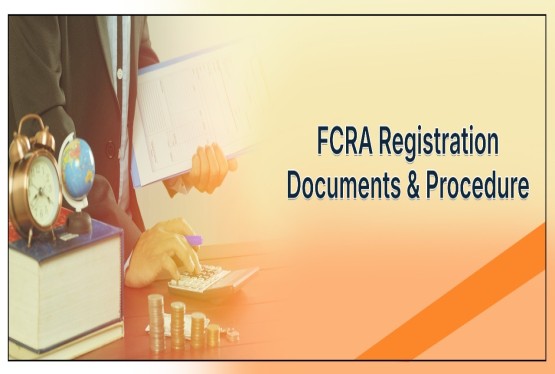


























_crop10_thumb.jpg)








 in BIS FMCS_learn_crop10_thumb.jpg)










_crop10_thumb.jpg)














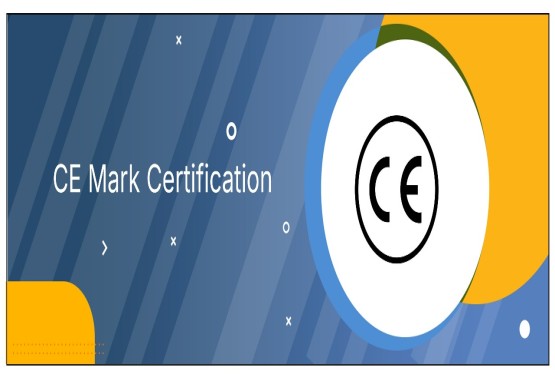
_crop10_thumb.jpg)





_Code C-888_learn_crop10_thumb.jpeg)
_learn_crop10_thumb.jpg)
































































_Certificate_learn_crop10_thumb.jpg)

_Certificate_(1)_crop10_thumb.jpg)






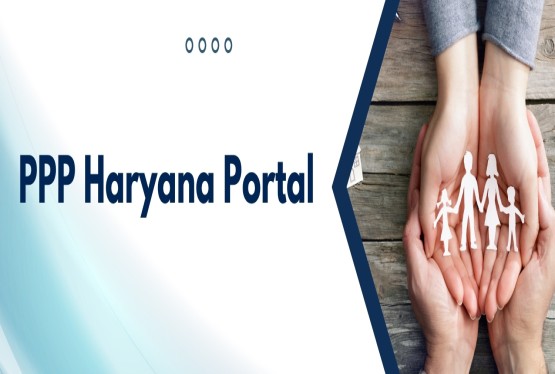








_learn_crop10_thumb.jpg)

_crop10_thumb.jpg)


















_Scheme_learn_crop10_thumb.jpg)


_learn_crop10_thumb.jpg)

